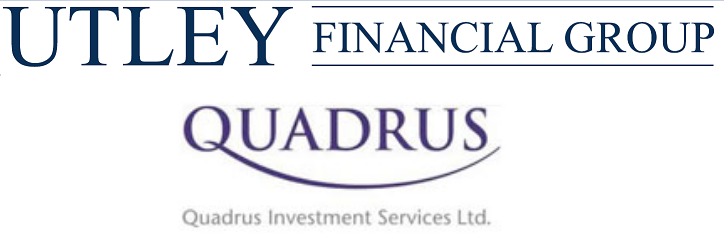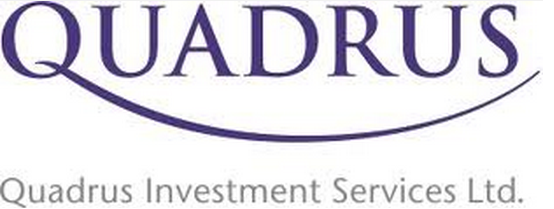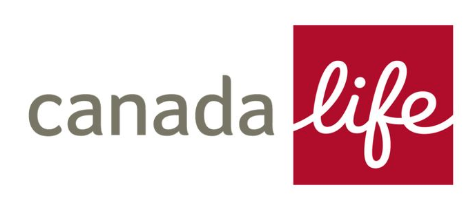Universal Life Insurance
Article Licenses: CA, unknown, unknown
Advisor Licenses:
Compliant content provided by Adviceon® Media for educational purposes only.
 There are many compelling reasons to combine your investments in a tax-advantaged life insurance policy. Tax advisors have been pointing their wealthier clients to these unique policies for years. Let’s examine some of the tax benefits, investment options, overall features, and for whom they are best suited. Depending on the insurer, there can be many possible options, but all enjoy some of the following essential elements.
There are many compelling reasons to combine your investments in a tax-advantaged life insurance policy. Tax advisors have been pointing their wealthier clients to these unique policies for years. Let’s examine some of the tax benefits, investment options, overall features, and for whom they are best suited. Depending on the insurer, there can be many possible options, but all enjoy some of the following essential elements.
- You can earn and accumulate tax-deferred interest. A tax deferral aspect of the policy allows that you may effectively increase the after-tax yield of your investments and policy cash value over the long term. The fund from which the cost of internal cost of insurance offers interest-bearing accounts over various term periods. Comparatively for example, if you are nearing a 50% tax bracket and your after-tax yield on interest-bearing term deposits is a low 2.5%, you would have to earn 5% pre-tax. The UL deposits conversely are protected from secondary annual taxation on interest earnings until taken out.
- The tax savings can pass tax-free to your beneficiaries. This offers an estate planning advantage. With your first premium payment, you secure a substantial death benefit in relation to premiums paid. If you hold the policy for several years, you can begin to create tax-advantaged growth within the policy. If the policy’s cash value grows, your entire principal, plus untaxed interest, including the remaining life insurance value, pass totally tax-free to your heirs.
- The cost of insurance is paid with pre-tax dollars. The cost of insurance can eventually be paid from this growing interest-earning side-fund. Once enough money is held within the fund, over a long period, the cost of insurance is paid from some of these untaxed monies. Depending on the insurer, the insurance in the plan can be an annual term, 10-year term, or term to age 100, or a combination of term periods. Premiums for this insurance relate to your age, health, and smoking status. The premium costs are initially calculated to pay for the insurance and to increase the reserve cash fund designed to build funds that can be used to prepay future ongoing premiums.
- The premium payments are flexible. You can pay what is referred to as a minimum premium. If you want to pre-fund the policy with more money, you may be able to increase your annual premium on a monthly, annual, or occasional lump sum basis, up to a specified maximum. A maximum premium is calculated and pre-set in order to keep your policy exempt from accrual taxation. Once your cash value increases, you may be able to reduce or skip premium payments altogether, without jeopardizing insurance coverage.
- The premium payment periods are flexible. Some policies may have a minimum annual premium for several years. A well-funded policy’s money reserve (cash account) can continue to grow even as it pays for the cost of insurance. If you want to accelerate your tax-deferred interest savings, you may be able to increase premium payments. If you choose to select a limited-pay premium period, and interest rates are low, you may need to pay for several more years to compensate for the low-interest rate. Conversely, if interest rates are high, you may be able to shorten your premium-paying period. Once you stop paying premiums, the insurance, administrative charges, and cost of any additional benefits and riders would continue to be paid (deducted) from your side-fund’s reserve account value.
- There are additional riders and extra benefits. In some cases, term riders can be added to the policy, allowing for simple, low-cost insurance on the life of the insured and his or her children. Some policies provide a disability rider, which could provide income in the event that the owner is disabled. Additionally, a waiver of premium rider could possibly pay for premiums.
- There is potential creditor protection on the cash value. Special insurance laws may protect these policies from creditors, which could preserve the cash reserves if a business faced economic turmoil. However, a business owner cannot quickly hide money in a tax-deferred cash reserve if he or she knew there was potential bankruptcy looming on the horizon.
- You can borrow against your cash account’s reserves. The cash surrender value (CSV) is just another name for the remaining cash in the side fund. If you had $100,000 in that fund, you would be able to borrow against it or withdraw it with some potential taxation. If you cancel the policy later in life, you should receive most of this cash value. However, there may be taxes due on a portion of the funds when withdrawn or when the whole policy is cancelled. For this reason, alternatively, a loan against the cash value may make more sense; which would allow the money to stay within the fund without accrual taxation, on reserve, while continuing to earn tax-free interest.
- Funds are accessible. It is essential that such policies are well funded and that you monitor your cash reserves to avoid the cost of insurance overly reducing them (the cost of insurance can increase the older one gets). The tax-deferred funds can then grow to become a considerable liquid asset and result in an increase in your net worth. By carefully managing the cost of insurance (and perhaps reducing the insurance as the funds rise in value), you can minimize the reduction of the value of the tax-deferred account. While funding the policy sufficiently you continue to pay for the upcoming insurance premiums with pre-tax dollars
- The tax deferral is a long term strategy. If you withdraw too much money too early, there may be applicable taxes due, and a surrender fee may apply. Early withdrawal may reduce the functionality of the strategic advantage because any increasing insurance cost can deplete smaller reserves.
The long-term benefit is the potential tax-advantaged investment growth that can outperform similar investments held in a taxable interest bearing vehicle. Policies can allow for future withdrawals to provide for special financial needs or additional retirement income. Premiums are always paid with after-tax dollars from the fund (which includes the initial tax-paid principal used to make deposits). This allows a good portion of any future withdrawals, in most cases, to be paid out tax-free. Moreover, the major benefit is that the entire death benefit including the cash value passes to the heir’s tax-free at death.
Talk to your advisor about any legislation changes that may affect taxation.
Publisher's Copyright & Legal Use Disclaimer
All articles are a legal copyright of Adviceon®Media and are for educational
purposes only. The particulars contained herein were obtained from sources
which we believe are reliable, but are not guaranteed by us and may be
incomplete. This website is not deemed to be used as a solicitation in a
jurisdiction where this representative is not registered. This content is not
intended to provide specific personalized advice, including, without
limitation, investment, insurance, financial, legal, accounting or tax
advice; and any reference to facts and data provided are from various sources
believed to be reliable, but we cannot guarantee they are complete or
accurate; and it is intended primarily for Canadian residents only, and the
information contained herein is subject to change without notice.
References in this website to third party goods or services should not be
regarded as an endorsement, offer or solicitation of these or any goods or
services. Always consult an appropriate professional regarding your particular
circumstances before making any financial decision. The information provided
is general in nature and should not be relied upon as a substitute for advice
in any specific situation. The publisher does not guarantee the accuracy and
will not be held liable in any way for any error, or omission, or any
financial decision.
Life Insurance and Segregated Funds Disclaimer
Life Insurance policies vary according to contract terms. Please read any
Life Insurance policy contract provided, or the segregated fund summary
information folder prospectus before the time of purchase. Full details of
coverage, including limitations and exclusions that apply, are set out in
the policy of insurance. Commissions, trailing commissions, management fees
and expenses may be associated with segregated fund investments which may
not be guaranteed and their market value changes daily and past performance
is not indicative of future results. A description of the key features of a
life insurance policy, a segregated fund; and any applicable individual
variable annuity contract is contained in information provided by the
company from which it is purchased. Talk to your advisor before making any
financial decision. For specific situations, advice should be obtained from
the appropriate legal, accounting, tax or other professional advisors. The
information provided is accurate to the best of our knowledge as of the date
of publication and is general in nature, intended for educational purposes
only, and should not be relied upon as a substitute for advice in any
specific situation. For specific situations, advice should be obtained from
the appropriate legal, accounting, tax or other professional advisors.
Rules and their interpretation may change, affecting the accuracy of the
information.


 There are many compelling reasons to combine your investments in a tax-advantaged life insurance policy. Tax advisors have been pointing their wealthier clients to these unique policies for years. Let’s examine some of the tax benefits, investment options, overall features, and for whom they are best suited. Depending on the insurer, there can be many possible options, but all enjoy some of the following essential elements.
There are many compelling reasons to combine your investments in a tax-advantaged life insurance policy. Tax advisors have been pointing their wealthier clients to these unique policies for years. Let’s examine some of the tax benefits, investment options, overall features, and for whom they are best suited. Depending on the insurer, there can be many possible options, but all enjoy some of the following essential elements.
